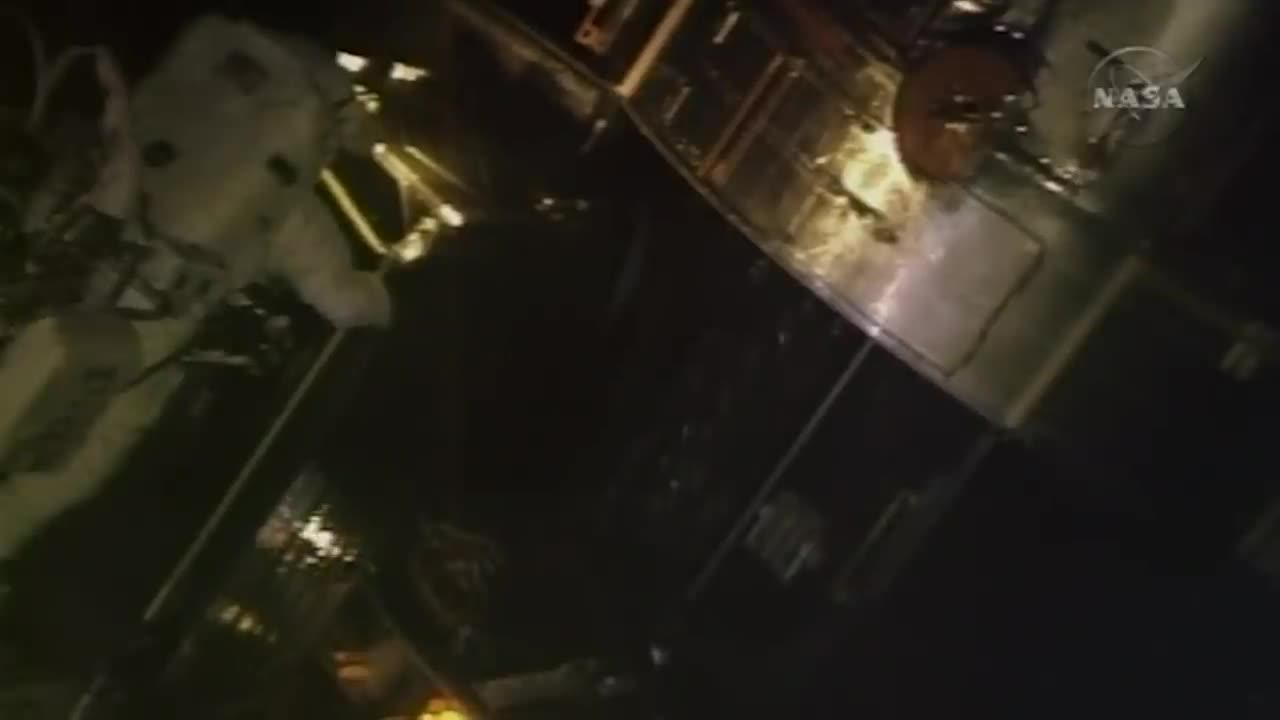Premium Only Content

Hubble’s Servicing Mission 4
Hubble's Servicing Mission 4 (SM4), also known as the Hubble Space Telescope's fourth servicing mission, was a pivotal event in the history of space exploration and astronomy. This mission took place on May 11 to May 24, 2009, and its primary objective was to upgrade and repair various components of the Hubble Space Telescope (HST), which had been in operation since its launch in 1990.
The Hubble Space Telescope had already transformed our understanding of the universe by capturing breathtaking images and providing crucial data for numerous scientific discoveries. However, over nearly two decades in space, some of its key instruments and systems had begun to degrade, hampering its ability to provide high-quality observations. Servicing Mission 4 was conceived to extend the Hubble telescope's operational lifespan and enhance its capabilities.
During SM4, the Space Shuttle Atlantis was used to transport astronauts to the Hubble Space Telescope. The mission involved five spacewalks, during which the crew conducted a series of intricate tasks, including the replacement of several key components:
Wide Field Camera 2 (WFC2) Replacement: The original Wide Field and Planetary Camera 2 (WFPC2) was replaced with the Wide Field Camera 3 (WFC3), which offered improved sensitivity, resolution, and a broader spectral range, enabling Hubble to observe distant galaxies and stars with greater clarity.
Advanced Camera for Surveys (ACS) Repair: The Advanced Camera for Surveys, another essential instrument, received repairs to its power supply. The ACS's high-resolution and wide-field imaging capabilities were restored, allowing for more detailed and comprehensive observations.
Cosmic Origins Spectrograph (COS) Installation: The new Cosmic Origins Spectrograph was installed, enabling Hubble to study the light from distant objects to analyze their composition, temperature, and other characteristics. This instrument greatly expanded Hubble's ability to conduct spectroscopic observations.
Space Telescope Imaging Spectrograph (STIS) Repair: The Space Telescope Imaging Spectrograph, which had been inactive since 2004 due to a technical glitch, was repaired and brought back into operation. STIS allowed astronomers to study the properties of celestial objects through spectroscopy.
Gyroscopes and Batteries Replacement: The crew replaced six gyroscopes that help control Hubble's orientation and three battery unit modules, essential for providing power during the telescope's orbit in sunlight and shadow.
Hubble's Servicing Mission 4 was a remarkable success, breathing new life into the telescope and significantly enhancing its scientific capabilities. The upgraded instruments and systems allowed Hubble to continue capturing stunning images and gathering valuable data, leading to breakthroughs in our understanding of the universe's origins, structure, and evolution. The mission demonstrated the power of human spaceflight and robotics in maintaining and improving complex space observatories, solidifying Hubble's status as one of the most significant astronomical tools in history.
-
 LIVE
LIVE
Vigilant News Network
15 hours agoLiz Cheney’s Problems Just Got WORSE | The Daily Dose
1,287 watching -
 22:04
22:04
Scammer Payback
17 hours agoTorturing a Scammer Till They Give Up
4.16K9 -
 1:51:30
1:51:30
Game On!
14 hours ago $10.24 earnedConor McGregor vs Logan Paul: BIGGEST Boxing Match of the Century!
64.8K11 -
 1:04:06
1:04:06
2 MIKES LIVE
17 hours agoTHE MIKE SCHWARTZ SHOW with DR. MICHAEL J SCHWARTZ 12-18-2024
8.9K -
 1:55:41
1:55:41
Jeff Ahern
2 hours ago $0.92 earnedNever Woke Wednesday with Jeff Ahern( Leftists losing everywhere)
16.4K -
 9:04
9:04
GBGunsRumble
14 hours agoGBGuns Armory Ep 134 Walther PDP F Pro
46.2K1 -
 13:12
13:12
Melonie Mac
22 hours agoAspyr Teases Possible New Tomb Raider Games in Classic Remastered Style
39.7K7 -
 44:49
44:49
Chrissy Clark
16 hours agoThe Rise Of Female Shooters, ABC News’ $16M Settlement, & MORE I Underreported Stories
29K5 -
 2:49:13
2:49:13
InfiniteWaters(DivingDeep)
1 day agoIt's Over - The Matrix Is Cooked | Infinite Waters
23.9K9 -
 15:49
15:49
Chris From The 740
1 day ago $5.43 earnedThe EAA Girsan Influencer X - Not Your Grandpa's 1911
43.9K3